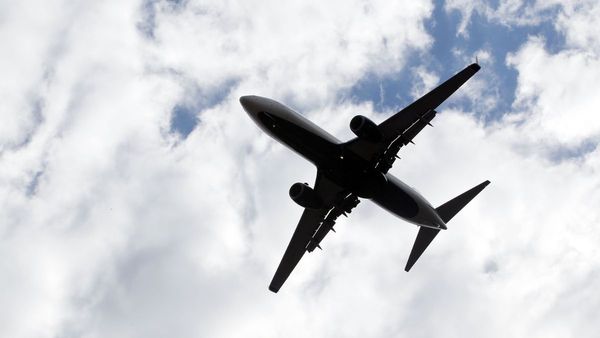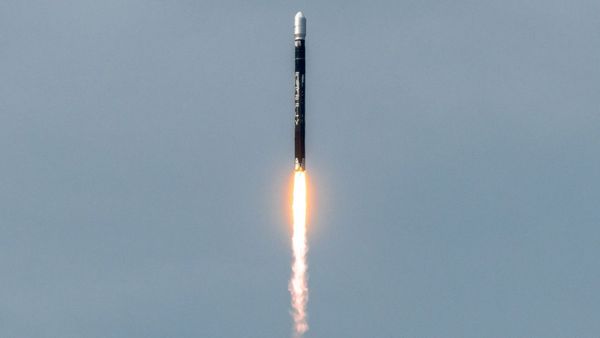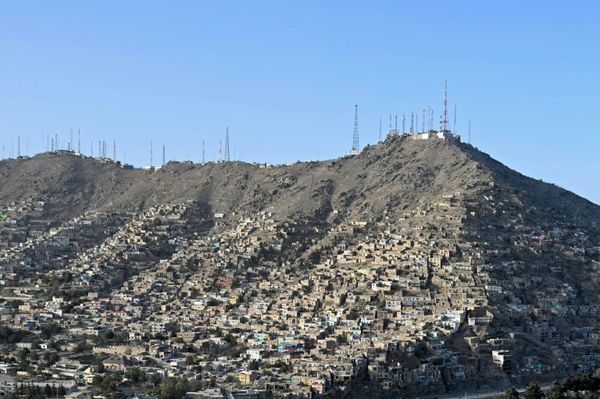
Flying insects may be suffering worrying declines but one butterfly is making a welcome comeback.
The large tortoiseshell became extinct in Britain in the postwar era for unknown reasons but occasional incursions from continental Europe have established breeding colonies once again.
Unofficial releases by maverick breeders “are muddying the waters”, says the lepidopterist Neil Hulme, who has monitored this enigmatic species for a number of years. But Hulme says there are far too many credible sightings to dismiss them all as captive-bred.
This summer, three larval webs – gatherings of caterpillars – have been found within a six square-mile area of East Sussex. Last weekend, freshly emerged adults were spotted here.
Hulme traces its return to a large migration from the continent in 2007. Although a breeding colony subsequently established on the Isle of Wight fizzled out, the butterfly has been seen on the island again this year. There have also been sightings at Elmley national nature reserve in north Kent, on the south coast at Birling Gap and across West Sussex, where they were found breeding at rewilded Knepp last summer.
Hulme says not every sighting will be a genuine wild butterfly but nor are they all releases. Global heating appears to be helping this big, dynamic butterfly re-establish itself as Britain’s 60th native butterfly species.







